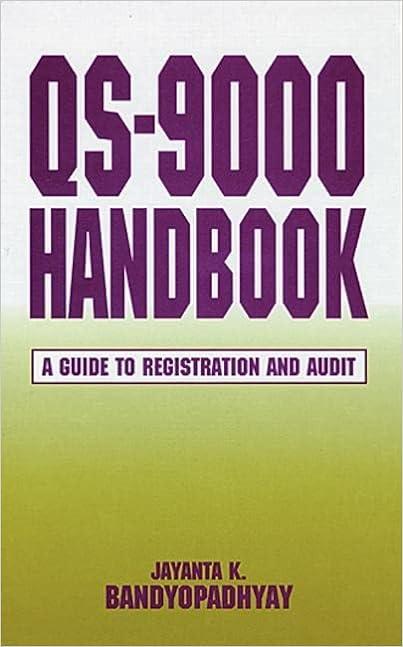| | | |
| Common stock$4 par value, 85,000 shares authorized, 34,000 shares issued and outstanding | $ | 136,000 |
| Paid-in capital in excess of par value, common stock | | 100,000 |
| Retained earnings | | 236,000 |
| | | |
| Total stockholders equity | $ | 472,000 |
| | 1. | Assume that the company declares and immediately distributes a 100% stock dividend. This event is recorded by capitalizing retained earnings equal to the stocks par value. Answer these questions about stockholders equity as it exists after issuing the new shares. | | | |
| a.,b.& c. | Complete the below table to calculate the retained earnings balance, total stockholders equity and number of outstanding shares. | stock devidend | before stock devidend | impact of stock devidend | after stock devidend | | common stock | | | | | paid in capital in excess of par value | | | | | total contribute capital | | | | | retained earning | | | | | total stockholders' equity | | | | | | | | | | number of common shares outstading | | | | | | 2. | Assume that the company implements a 2-for-1 stock split instead of the stock dividend in part 1. Answer these questions about stockholders equity as it exists after issuing the new shares | | a.,b.& c. | Complete the below table to calculate the retained earnings balance, total stockholders equity and number of outstanding shares. | | stock spit | before stock spit | impact of stock spit | after stock split | | common stock | | | | | paid in capital in excess of par value | | | | | total contribute capital | | | | | retained earning | | | | | total stockholders' equity | | | | | | | | | | number of common share outstandings | | | | |






